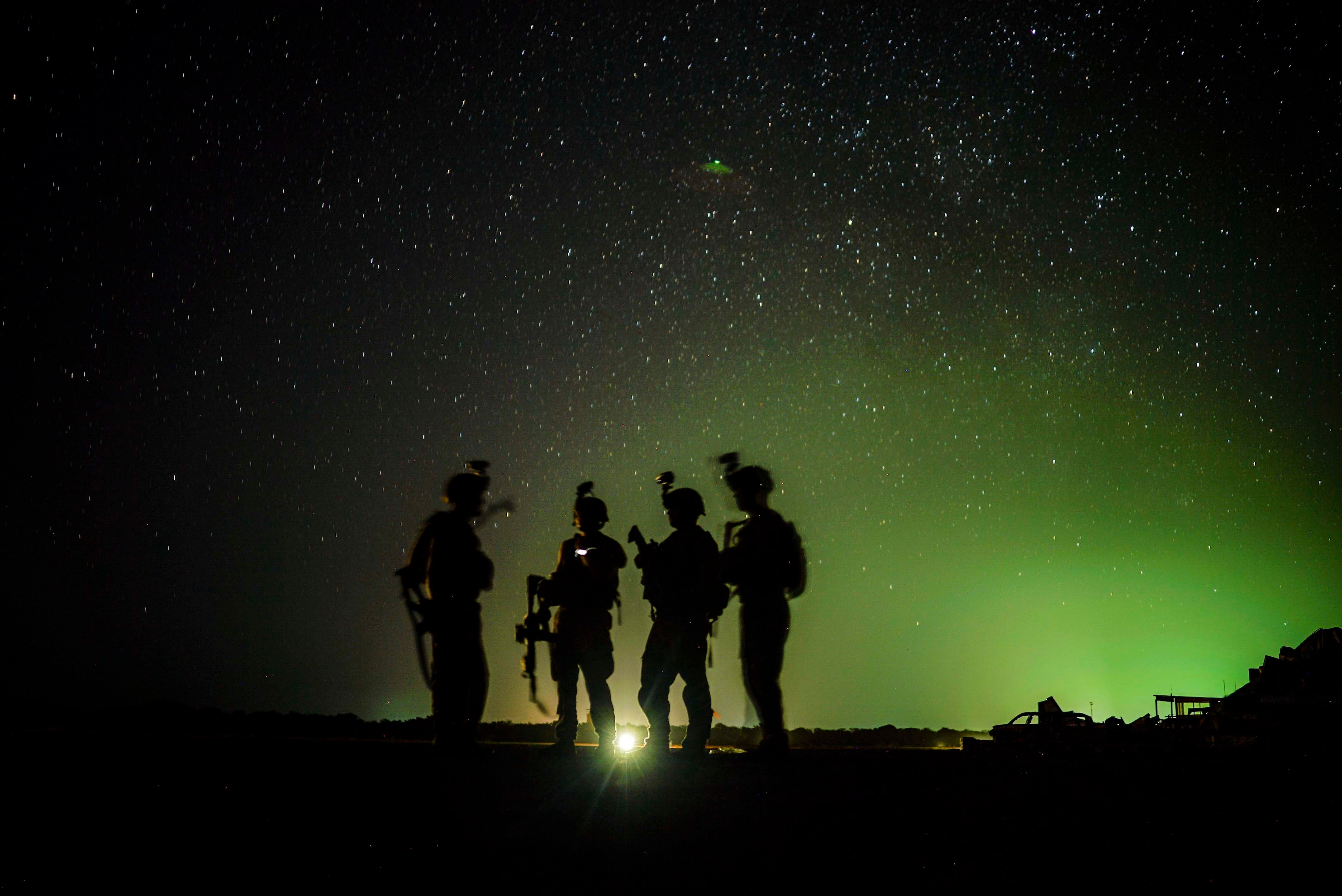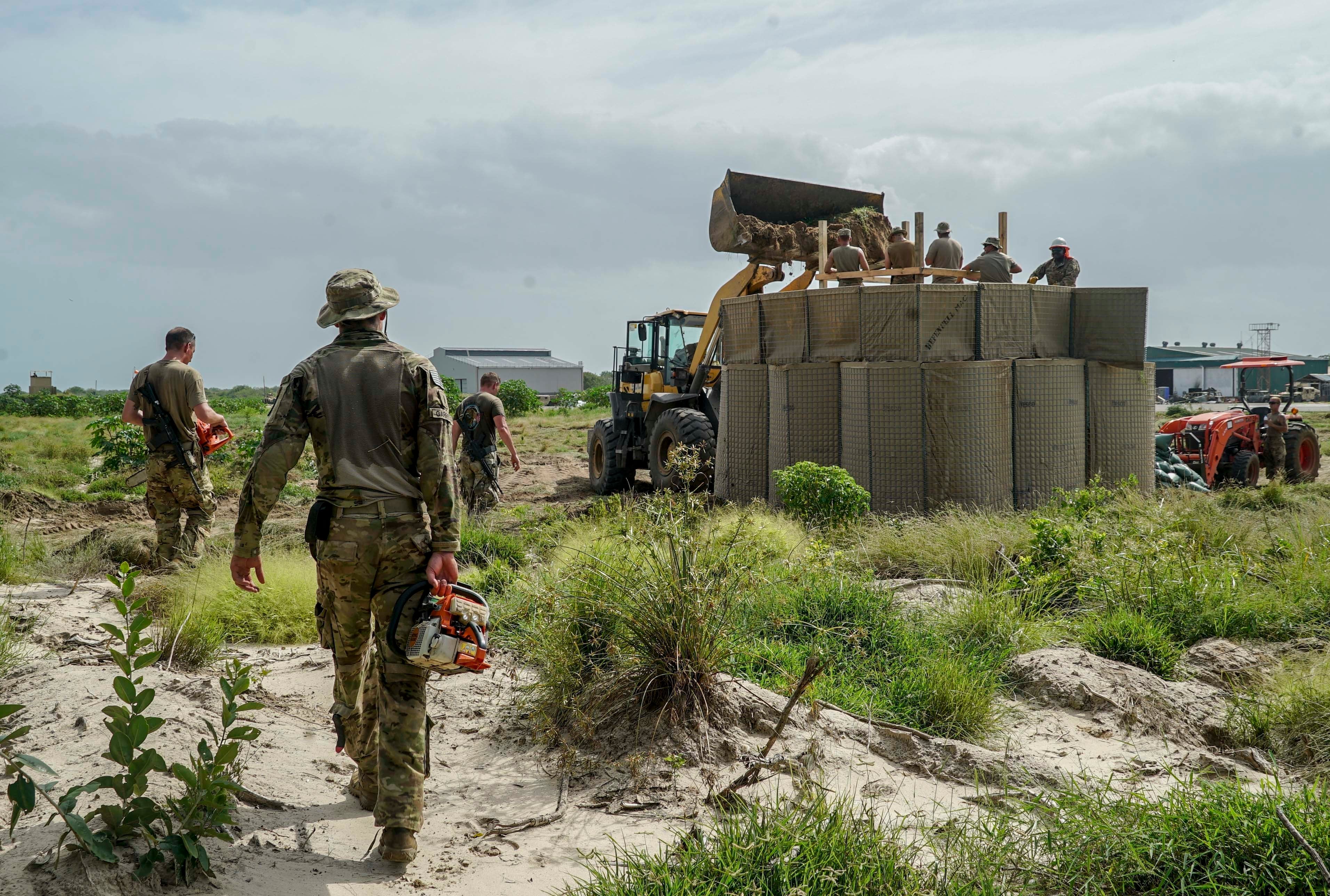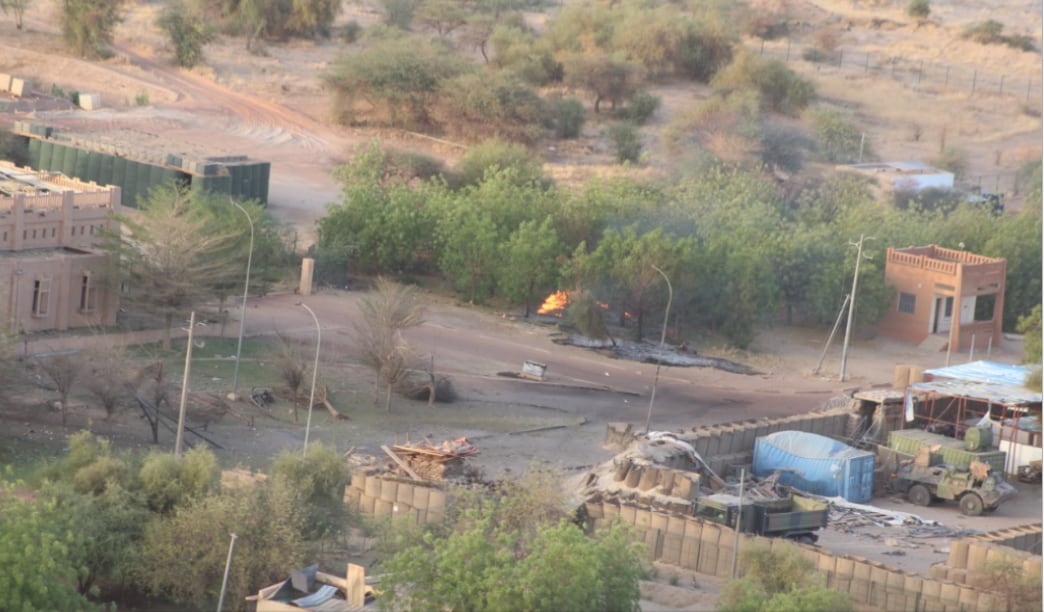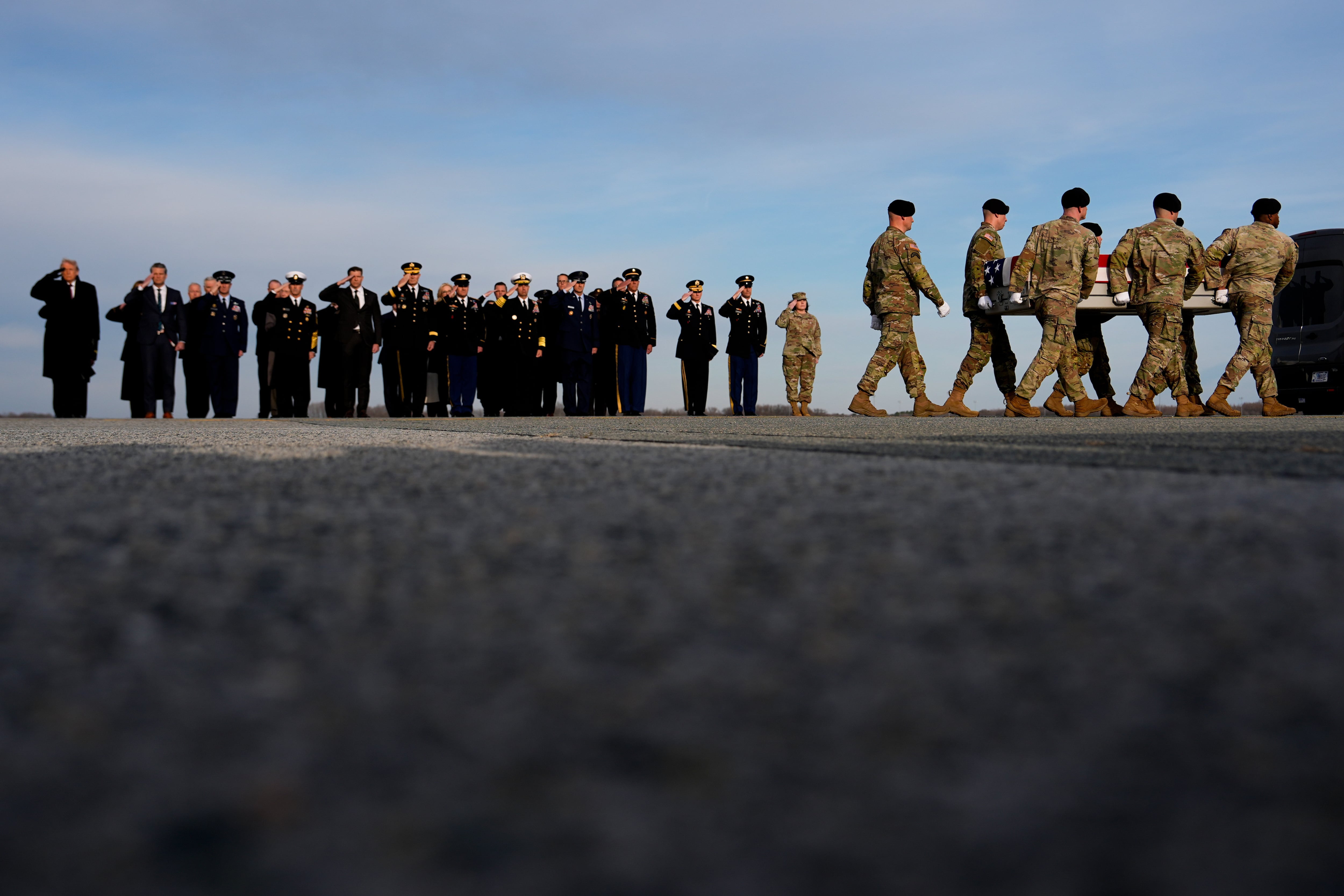Moving troops between Africa and Europe during a crisis is expected to be streamlined after the U.S. Army command bridging the regions combined into a four-star headquarters late last year.
The consolidation is also an acknowledgment that the security situation between the two continents is “inextricably linked,” said U.S. Army Europe and Africa commander Gen. Christopher Cavoli.
“The close geography and economic ties between the two continents means that regional security issues, left unchecked, quickly spread from one area to another,” Cavoli said during a telephone call with reporters Tuesday.
“This consolidation enables greater synchronization of operations in Africa with our NATO allies here in Europe, many of whom have very important security concerns and security interests in Africa,” Cavoli added. “So this is a very big advance, both north of the Mediterranean and south of the Mediterranean.”
That security situation includes violent extremist groups in the Sahel region, like al-Shabaab and Boko Haram. The impact of climate change on the Sahel’s grasslands also poses resource challenges and could increase insecurity among people there.
RELATED

French forces have been running a counter-terrorism mission in the Sahel since 2014. The French have suffered dozens of casualties in Mali, and a few in Burkina Faso and Chad. U.S. forces, meanwhile, provide aerial intelligence gathering, mid-air refueling and logistical support to the French mission.
Cavoli and Maj. Gen. Andrew Rohling, who helms the newly minted Southern European Task Force, held a press conference to discuss the merger, as well as African Lion in June — a military exercise in Morocco, Senegal and Tunisia, involving about about 10,000 troops and 20 partner nations.

“It’s a pretty scalable exercise,” Rohling said. “So if between now and the execution in June we continue to have challenges with COVID, we’ll scale the exercise up or down to fit accordingly. But in the end, we’re going to have a good training opportunity and it’ll be good for all the allies that are involved.”
African Lion is the largest U.S. Army exercise on the continent and will stress the interoperability between forces from a range of different nations. It’s also an opportunity for the newly merged U.S. command to test out moving troops and equipment between Europe and Africa.
“All of these will help us to increase the capabilities of our partners in counter-terrorism efforts and help them be pivotal players that confront the issues across Africa today,” Rohling said.
Italian forces were brought into a command-and-control role during the U.S.-led African Lion exercise for the first time. The merger has also helped Cavoli complement European efforts in Africa, such as a new initiative the French are starting in Senegal called the Partner Armies in West Africa Coordination Center.
RELATED

“I was talking with the chief of the French Army about this just the other day,” Cavoli said. “They’re setting up this center where ... willing nations will come in and coordinate our security assistance activities to make sure that we’re as efficient and as effective as possible.”
The U.S. Army Europe and Africa merger will hopefully help whisk units in and out of Africa during crises, which have included deadly attacks against U.S. patrols and outposts in Niger and Kenya in recent years.
Paratroopers from the 173rd Airborne Brigade, based out of Vicenza, Italy, traveled in January to Somalia as part of a security exercise that flexed troops to Mogadishu International Airport.
The six-week mission was the brigade’s first significant deployment to Africa since it was reactivated in 2000, and is part of what brigade officials expect to be a growing role on the continent, Stars and Stripes reported at the time.
“When an emergency situation arises and the U.S. Army is asked to assist, we can look at and access assets already on this side of the world, both in Africa and in Europe, to decide how best to support the mission,” Rohling said.
Kyle Rempfer was an editor and reporter who has covered combat operations, criminal cases, foreign military assistance and training accidents. Before entering journalism, Kyle served in U.S. Air Force Special Tactics and deployed in 2014 to Paktika Province, Afghanistan, and Baghdad, Iraq.





